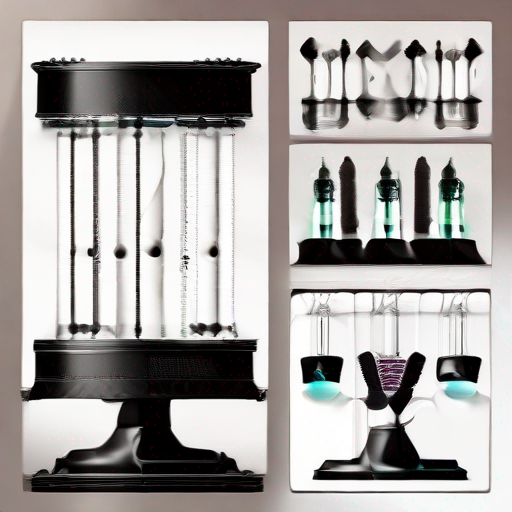ChatGPT Image Input: Unlocking Creative Possibilities with AI-Generated Visuals
The intersection of art and technology has always been a fascinating space, and with the rise of artificial intelligence (AI), we're seeing the boundaries between creativity and computation blur like never before. One such example is ChatGPT's image input feature, which enables users to generate stunning visuals using nothing but text prompts and AI algorithms. In this article, we'll delve into the world of AI-generated images, explore the creative possibilities unlocked by ChatGPT Image Input, and examine the implications for artists, designers, and creatives alike.
What is ChatGPT Image Input?
ChatGPT's image input feature allows users to generate high-quality images from text prompts. This is achieved through a process called "text-to-image synthesis," where AI algorithms analyze the input text and create an image based on its meaning. The result is a visual representation of the input text, complete with colors, shapes, textures, and other visual elements.
Creative Possibilities Unlocked
ChatGPT Image Input opens up a vast array of creative possibilities for artists, designers, and creatives. Here are just a few examples:
- Concept Art: Generate concept art for film, TV, or video games using text prompts that describe the desired image.
- Graphic Design: Create visual elements like logos, icons, and typography using ChatGPT's image input feature.
- Fine Art: Explore new forms of abstract expressionism by generating images based on text prompts that evoke emotions and moods.
- Storytelling: Use ChatGPT Image Input to create visual narratives for children's books, comics, or even interactive stories.
How Does it Work?
ChatGPT's image input feature utilizes a combination of natural language processing (NLP) and computer vision techniques. Here's a simplified overview of the process:
- Text Input: Users provide a text prompt describing the desired image.
- NLP Analysis: ChatGPT's AI algorithms analyze the input text to understand its meaning, context, and intent.
- Image Generation: The AI generates an image based on the analyzed text, using a combination of visual elements like shapes, colors, textures, and more.
- Post-processing: The generated image undergoes post-processing to refine its quality, removing any imperfections or artifacts.
Key Takeaways
| Feature | Description |
| --- | --- |
| Text-to-Image Synthesis | AI algorithms analyze text prompts and generate images based on their meaning. |
| Concept Art Generation | Create visual elements for film, TV, or video games using ChatGPT's image input feature. |
| Graphic Design Possibilities | Use ChatGPT Image Input to create logos, icons, typography, and more. |
| Fine Art Exploration | Explore new forms of abstract expressionism by generating images based on text prompts that evoke emotions and moods. |
What Does the Future Hold?
As ChatGPT's image input feature continues to evolve, we can expect to see even more creative possibilities unlocked. Some potential applications include:
- Real-time Generation: Real-time generation of images based on user input, enabling seamless collaboration between humans and AI.
- Multi-Dimensional Images: The ability to generate multi-dimensional images, such as 3D models or virtual environments.
- Image Editing: AI-powered image editing tools that allow users to refine generated images using text prompts.
Check this out
To learn more about the latest developments in AI-generated visuals and their applications, be sure to check out https://keywordjuice.com/.
In conclusion, ChatGPT's image input feature is a game-changer for creatives, offering unparalleled possibilities for generating stunning visuals. As AI technology continues to advance, we can expect even more innovative applications that blur the lines between art and technology. The future of creative expression has never been brighter!
